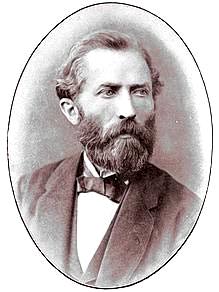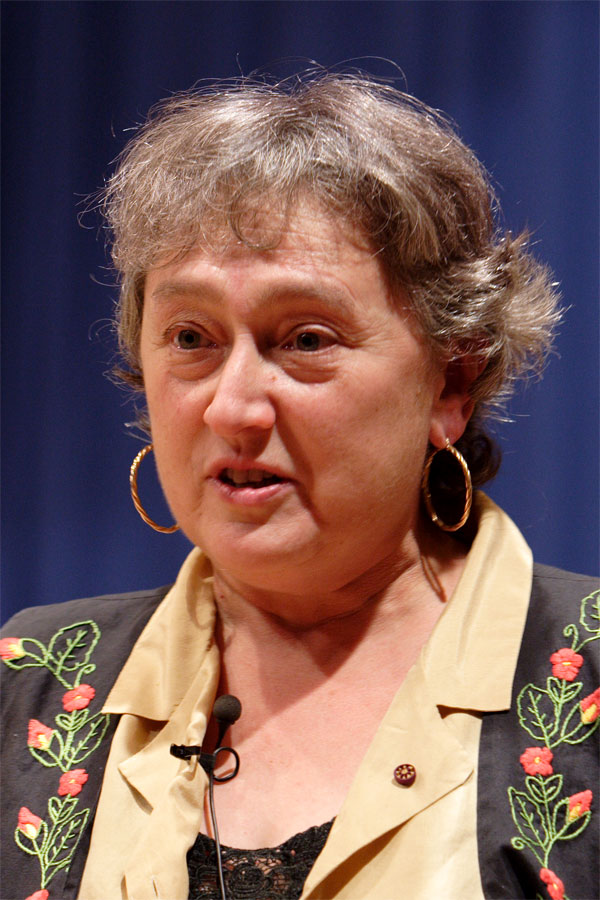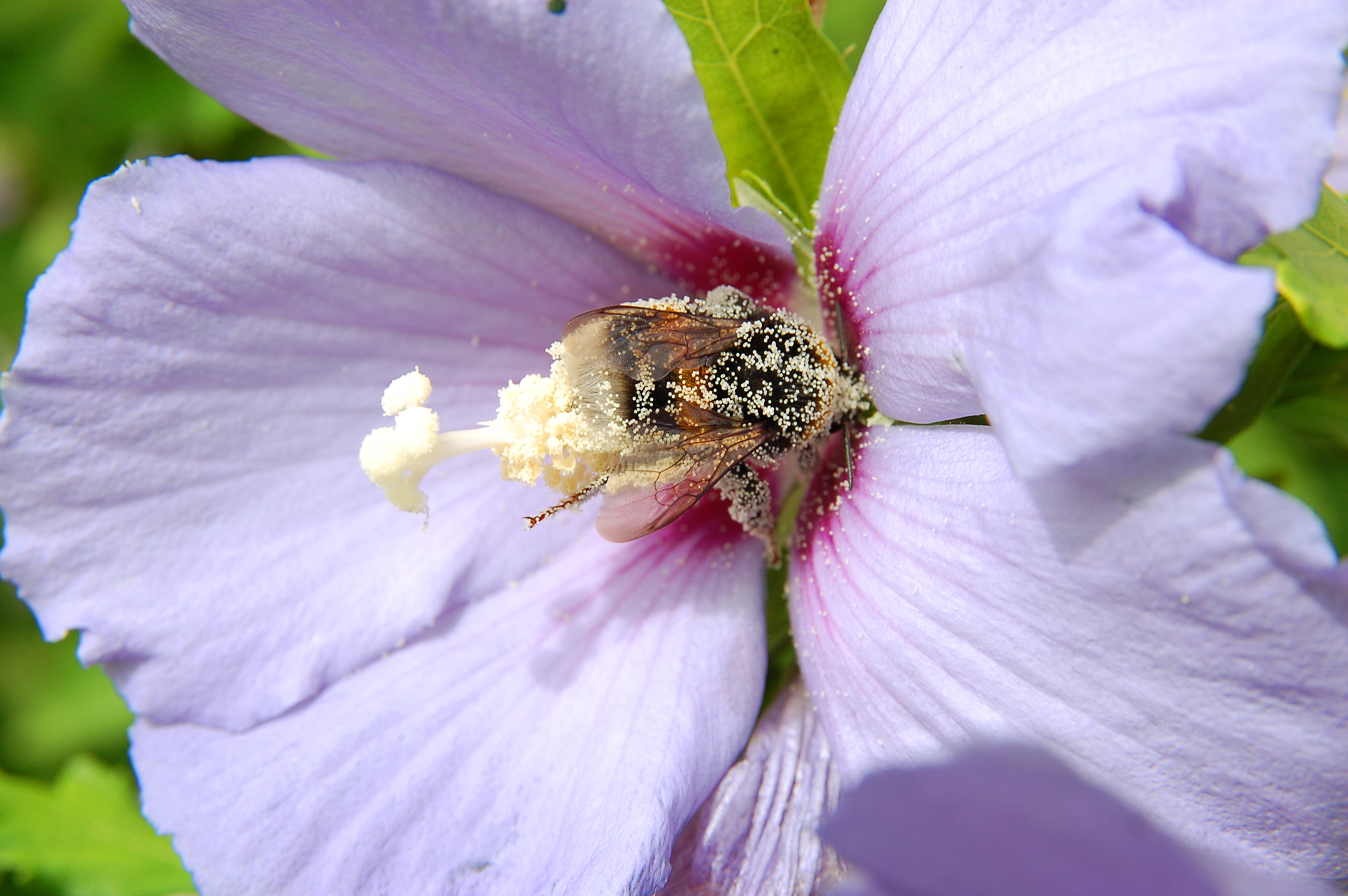In the natural world, no species is an island. Every living thing is enmeshed in a web of interdependency with other species. In the broadest sense, all living things depend on the metabolism of other species to deliver the nutrients they need in a form they can use. Without the photosynthesis of the world’s great forests, coral reefs and algae beds, there would be no oxygen to breathe and no carbohydrates and oils to fuel the rest of us. Without fungi and bacteria in the soil and ocean to decompose dead bodies, there would be no carbon dioxide available for photosynthesis (it would all be locked up in dead wood). All organisms depend on food (whether carbohydrates or carbon dioxide), and that food is produced by another species on the opposite end of the cycle. And that’s just the carbon cycle, one of many nutrient cycles that allow for the extravaganza we call life on earth.

The Carbon Cycle. Source: National Center for Atmospheric Research
In addition to this broad reliance, every species is also dependent on (and plagued by) specific, direct interactions with other species in their environment. The symbiotic bacteria in your gut depend on you delivering food regularly, and you depend on those bacteria breaking that food down. Cows could not survive without the grasses they eat, and symbiotic beef tapeworms would not persist without the cows they parasitize (the cows could do without the tapeworms, though). Biologists have categorized these direct biological interactions based on the “fitness effect” (impact on ability to reproduce) on both species.
“Symbiosis:” A slippery term
You’ll notice that the term “symbiosis” is not included in the table above; this is because symbiosis does not describe a specific set of fitness effects. The term “symbiosis” has entered the general vocabulary, where it is used to mean an interaction with positive effect on both species – biologists would call these sorts of interactions “mutualisms.” In biological terms, though, “symbiosis” merely means living together in close association. If that definition sounds vague to you, that’s because it is. The opacity of the term has caused many a headache amongst biologists studying symbiosis. The word “symbiosis” was originally coined by Heinrich Anton de Bary (1831-1888), botanist, microbiologist, surgeon, and mycologist (because that’s just how people rolled in the 1800’s). The original definition was given thusly, in German, in his book “Die Erscheinung der Symbiose”:
“Die Erscheinung des Zusammenlebens ungleichnamiger Organismen” – Heinrich Anton de Bary

Heinrich Anton de Bary. Source: Wikimedia
This is usually translated as “The living together of unlike organisms,” or something to that effect. The eminent botanist Peter Raven translated it as “The living together in close association of two or more dissimilar organisms” in the textbook Biology of Plants, and noted that symbiosis “includes parasitism…and mutualism.” Many other definitions include commensalism – interactions where one partner benefits while the other is unaffected. Still more include the idea that the relationship must be “intimate” (also undefined) or “constant.” Technically, a tapeworm forms a symbiotic relationship with the cow it parasitizes – just not a mutualistic one!
The Margulis Take
Lynn Margulis was a pioneer of the study of the evolution of symbiosis. She was the first modern scientist to show that the mitochondria in our cells were once free-living bacteria that became engulfed and enslaved in our cells billions of years ago. She also coined the term “holobiont” to refer to coherent communities of symbiotic mutualists that function as one ecological and evolutionary unit.

Lynn Margulis. Source: Wikimedia
In Margulis’ book “Acquiring Genomes” (co-written with her and Carl Sagan’s son, Dorion Sagan) I noticed that she translated de Bary’s definition as “The living together of differently named organisms.” This definition furthers her “holobiont” argument – the organisms are “differently named” but not necessarily separate. Margulis contends that the term ungleichnamiger translates as “differently named” rather than “unlike.” And indeed, “gleichnamiger” translates as “of the same name” according to Collins German dictionary.
A polarizing debate
Intrigued, I asked my good friend Bryan Klausmeyer, who is currently in the Ph.D. program in German Literature at Johns Hopkins, to translate this troublesome old definition. His take: “The appearance of (polar) opposite organisms in cohabitation.” Rather than “different named” or “unlike,” Bryan noted that the term ungleichnamiger “is also used in mathematics and is a technical term describing an effect of electricity concerning polar charges.”
Whether or not this “polarity” interpretation captures de Bary’s original intention, I found Bryan’s translation to be deeply insightful as to the actual nature of many mutualistic symbiotic relationships, including the lichens to which de Bary was originally referring. Often (but not always) mutualisms work so well because the partners are very different. Mutualistic symbioses are usually successful because each partner brings a service to the table that the other partner could never render itself.

Consider the mutualism between a Hibiscus flower and a pollinating bee. Each species is the integrated product of millions of years of evolution. The senses and flight of the bumblebee help make up a coherent strategy for its survival, and the same can be said of the photosynthetic abilities and sophisticated flowers of the Hibiscus. Bees cannot evolve to photosynthesize and produce their own energy, pollen and nectar. Likewise, a Hibiscus flower will never evolve the wings and sensory organs needed to deliver its pollen to another flower. The physiological constraints of being a plant make it impossible, and so the Hibiscus relies on bees and other insects for that service.
These services are mutually inaccessible unless the two species partner. The Hibiscus and the bee, in some sense, are on opposite poles (of the nutrient cycle, for one*) like an evolutionary odd couple. And therein lies the key to their partnership, whether or not it counts as a symbiosis.
References:
Wilkinson, David M. “At cross purposes.” Nature 412.6846 (2001): 485-485. DOI
Martin, Bradford D., and Ernest Schwab. “Current Usage of Symbiosis and Associated Terminology.” International Journal of Biology 5.1 (2013). DOI
Sagan [Margulis], Lynn. “On the origin of mitosing cells.” Journal of theoretical biology 14.3 (1967): 225-IN6. DOI
Margulis, Lynn, and Dorion Sagan. Acquiring genomes: A theory of the origins of species. Basic Books, 2008. link
*One could argue that the Hibiscus and the bee are also on opposite poles of evolutionary space and morphospace, which I will discuss further in a future post


